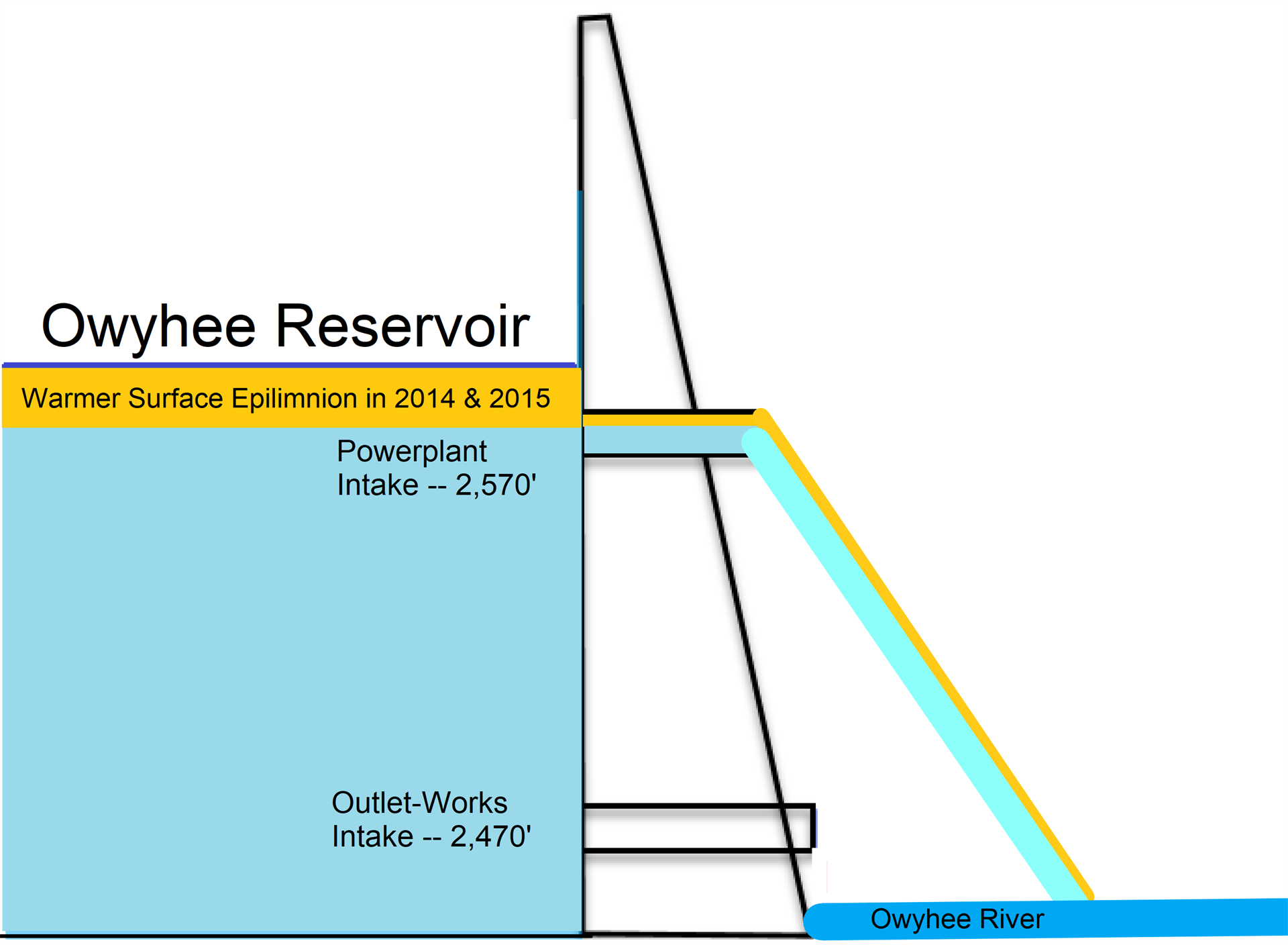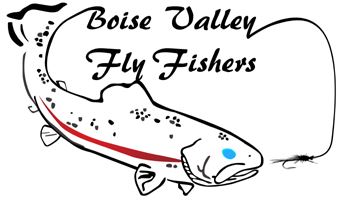Between 2015 and 2020 there was a concerning drop in the brown trout population on the Owyhee River in Oregon, particularly in the lower reaches between the tunnel and the concrete bridge 10 miles downstream. Several years ago the Oregon Department of Fish and Wildlife (ODFW) started looking into the causes to try and protect this precious fishery. The leading suspects were 1) Anglers wading through brown trout spawning redds; 2) Predation of brown trout fry; and 3) Excessive warm water temperatures.
To help address the first issue, BVFF worked with ODFW in 2019 and installed Redd Protection Signs at major spawning sites. To help reduce the chance of brown trout eating their own fry, ODFW increased stocking of rainbow trout fry in the river, which is why there has been a sudden increase in the number of rainbow trout being caught.
ODFW’s first review of water temperatures showed that the river stayed plenty cool for trout during the summer, all the way down to Snively Springs. But further analysis of historical water temperatures at the Bureau of Reclamation stream gauge (about a mile below the dam) showed that during the extended drought years 2013 – 2015, Owyhee Reservoir levels dropped to the point that the power turbines started pulling in some warmer surface water which caused increased water temperatures to be released from the dam. We estimate that water temperatures released from the dam in August of 2014 and 2015 were 60 – 65 degrees compared to the normal summertime 50 degrees. This puts water temperatures in the lower reaches of the river into the upper 70s to low 80s, which is in the lethal temperature range for brown trout.
Over the last two years, BVFF and ODFW have been researching the water temperature issue. We found that the Federal Energy Regulatory Commission (FERC) license for power generation at the Owyhee Dam requires that outflows be managed to ensure water temperatures needed for trout in the river below. Using this information, ODFW has been able to successfully negotiate with the Owyhee irrigation district to change dam operations to pull from deeper in the reservoir when needed. Luckily with our super-wet spring the Owyhee reservoir levels were higher than anticipated so it has not been a problem this year, but we are very happy to have this agreement in place and are thankful to ODFW for their work to help alleviate another warm water event and protect the brown trout on the Owyhee River.
The brown trout population on the Owyhee river continues to recover, although the lower river is recovering slower than the upper river, partially because of having less spawning habitat. Our club’s gravel augmentation project this Fall will give brown trout new places to spawn and hopefully will increase the population of brown trout on the lower half of the river.
Special thanks go to Kirk Handley and Dave Banks at ODFW for their ongoing efforts on the Owyhee river. My personal thanks go to BVFF member Forrest Goodrum for his help digging through the FERC dam licensing documents and to Ryan Hedricks from the Bureau of Reclamation for his help understanding the Owyhee dam operation and being a liaison between the different groups.

